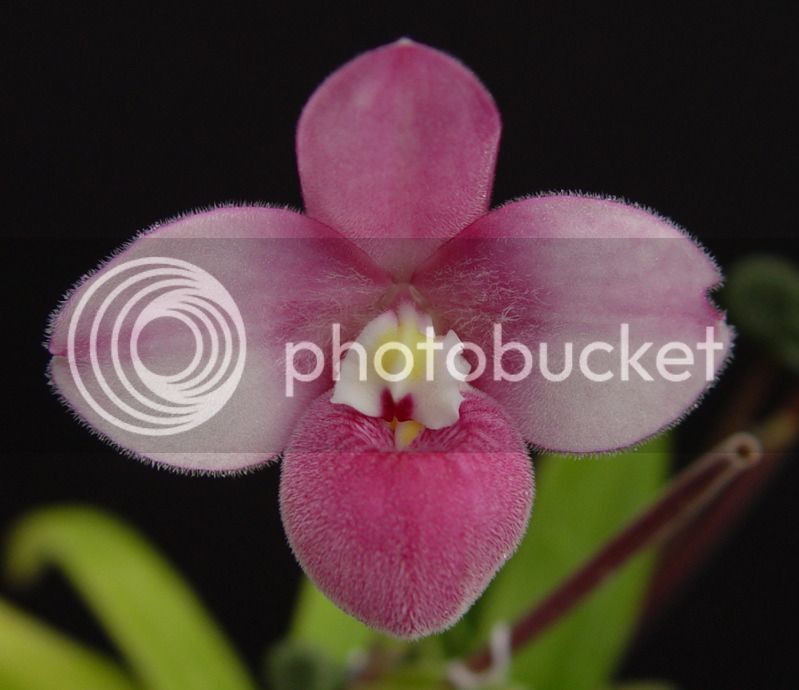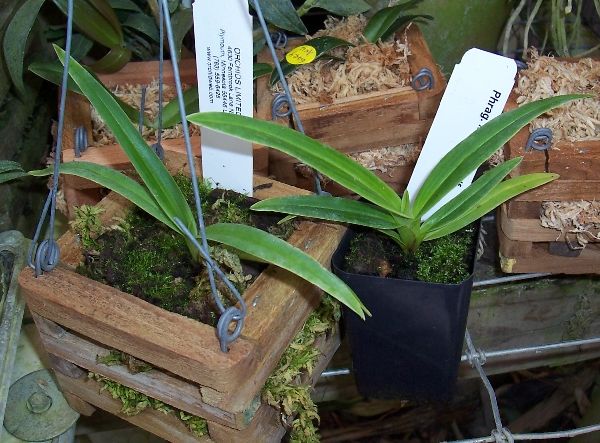John M
Orchid Addict
Most likely they did not collect the plants themselves. Likely they purchase collected plants from local people that don't understand what they are actually collecting or the importance of remembering where a particular plant was found. The collector probably could have remembered where they were collecting but how much time passed before the new plant was noticed? Euc. probably does not have any idea who actually pulled the plant from the wild or where it came from. If they actually did know the location more plants would be circulating by now regardless of the remoteness of the location.
gonewild said:No logic or leaps of faith involved at all. I have lived and worked ("collected") in South America for a lot of time and I know how the "culture" functions. I don't have any faith in anything I am told from anyone down there and logic does not apply either. On top of that since photoshop found it's way into that environment I don't trust simple photos either. Before I would believe the photo you linked to showing fischeri in situ I would need to see more pictures because to me that image with the flower looks suspicious and as you say proves nothing.
Lance: Because of the way you have written it, the top paragraph is conjecture on your part, not fact. The "logic" and "faith" that I refer to is in your argument, not the word of the people you've met in S.A. Using words and phrases like "probably" and "most likely", indicate that you are making educated guesses about what happened with fischeri. You seem to feel justified in doing this because you have experience and knowledge about "....how the culture functions" in South America. I tend to agree with your opinion and think you are pretty close, if not right on the mark (because what you say is logical); but, it's still not fact, just because you say it....it is your opinion.














































